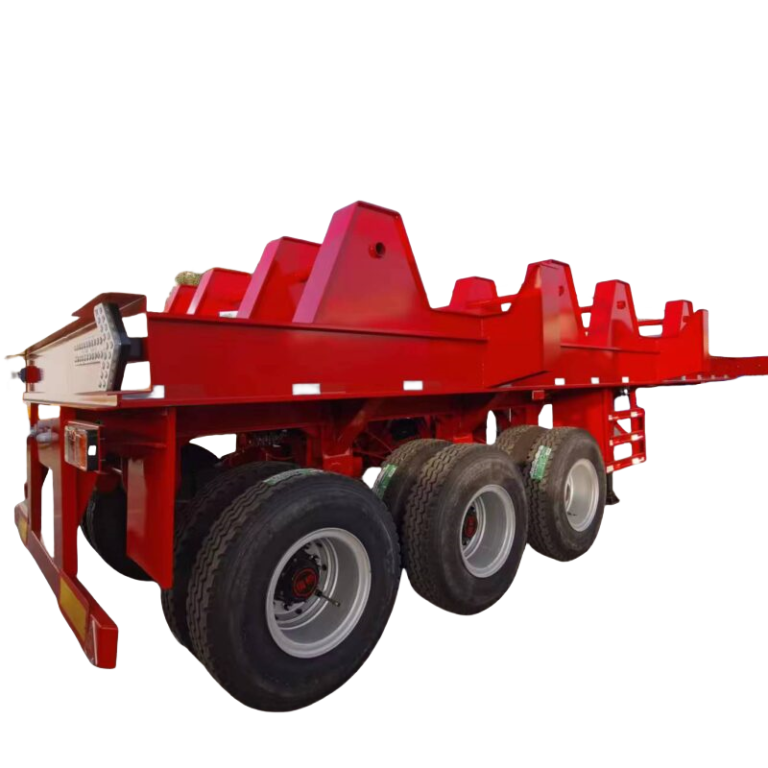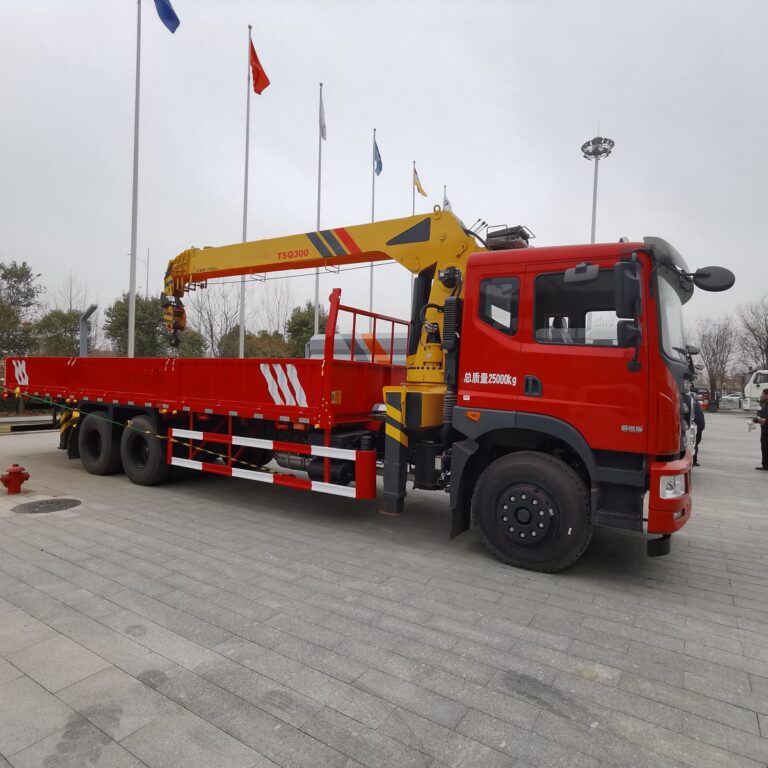Shandong Nanou Automobile Co., Ltd. Detailed introduction of semi-trailer
A semi-trailer is a type of trailer that is commonly used for transporting goods. It is typically composed of two main components: a towing vehicle (tractor) and the trailer itself. Here’s a detailed breakdown:
1. Structure Components
·Tractor: This is usually a heavy-duty truck that provides the power to pull the semi-trailer. The front part contains the driver’s cabin, while the rear connects to the trailer.
·Trailer: This is the cargo-carrying part that has no front axle. It typically has wheels at the back and connects to the tractor through a fifth wheel coupling.
2. Main Types
·Flatbed Semi-Trailer: Designed for transporting large and heavy items like machinery and construction materials.
·Refrigerated Semi-Trailer: Equipped with a cooling system, suitable for transporting perishable goods or pharmaceuticals.
·Container Semi-Trailer: Specifically designed to carry shipping containers。
3. Maneuverability
Articulated Steering: Many bridge transport vehicles feature articulated steering, allowing for improved maneuverability in tight spaces, such as construction sites.
Variable Wheel Configurations: Some models can adjust their wheel configurations to enhance mobility over different surfaces and conditions.
4. Modular Design
Customizable Setup: BTVs often have a modular design, allowing for adjustments based on the specific requirements of the load. This includes extending or retracting components as needed.
5. Operational Efficiency
Rapid Loading and Unloading: Designed for quick loading and unloading, these vehicles often include hydraulic systems that facilitate the movement of heavy components onto and off the vehicle.
Versatile Applications: BTVs can be used in various scenarios, from transporting bridge sections to moving heavy machinery, making them valuable in construction and infrastructure projects.
6. Power and Performance
High Power-to-Weight Ratio: Equipped with powerful engines, bridge transport vehicles can efficiently handle heavy loads while maintaining good acceleration and speed on roads.
All-Terrain Capability: Many BTVs are built to operate on various terrains, including rough and unpaved surfaces, making them suitable for diverse construction environments.
7. Safety Features
Monitoring Systems: Advanced models come with monitoring and diagnostic systems that track the vehicle’s performance and load status, ensuring safe operation.
Safety Protocols: Designed with safety in mind, BTVs often incorporate features such as emergency braking systems, reflective markings, and lights for visibility during transport.
Conclusion:
Bridge transport vehicles are crucial for modern infrastructure projects, providing the necessary performance characteristics to transport large and heavy components safely and efficiently. Their design emphasizes stability, maneuverability, and operational efficiency, making them indispensable in the construction industry. If you have specific questions or need more detailed information, feel free to email or WhatsApp!










